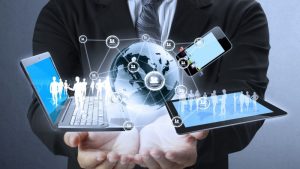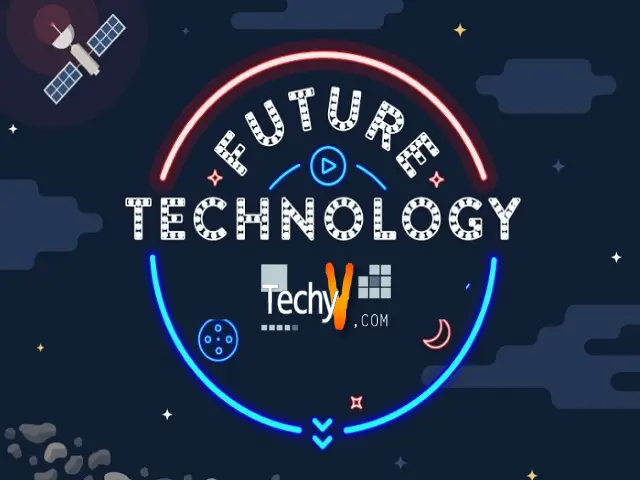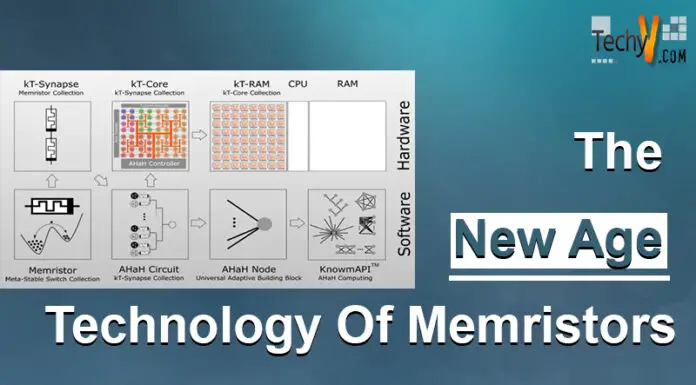The field of science, engineering, and technology are getting adaptable and modified with great advancements to make the works of routine life comfortable. A very significant finding or the new invention of the gesture technology has been in studies, and innovations are done to this language technology.
Meaning Of Gesture Recognition Technology:
The gesture technology is a new invention brought in the field of computer science and language technology, which had begun its roots from the year 1919. Majorly its goal is to interpret human interactions, postures, proxemics, or gestures through mathematical norms and algorithms respectively. They can vary from gesture to gesture, even from stillness or through or motion, but most common reading is through hand and face movements. This technology will be of key advantages since human interactions with computers and technologies are much easier through gestures than through simple texting or codes used and makes the works of human pressures less in demand.
Introduction Of Gesture Technology:
As said earlier, the major idea of this invention is to ease the human-machine interaction and also to produce great inputs from simple movements and actions. A camera or any capturing device has to be fixed in the respective machine or system, and it reads the human body gestures or mimics and converts it into the mathematical software that is set forth beforehand in the software and hence gives output correctly and appropriately of the need. To give out an example, a person clapping his or her hand in front of a computer with a built-in camera records the motion and hence gives the result like that of two cymbals being crashed or hit against each other. So, future advancements in gesture recognition technology bring forth vital changes to the standard lifestyle of human and systems interactions. Even this field can be used to replace the customary things used by a system like a keyboard, mouse other devices, etc.
Advantages Of Gesture Technology:
- People could communicate with an external system or software easily through motions and gestures; this will be a fun and enjoyable experience to use things in our routine life. People were getting bored often during jobs or any works can be avoidable through this invention.
- Human-machine interaction is a very necessary and crucial task for anyone. Henceforth, with proper ease of movements and gestures, machines understand human demands easily and thus gesture technology will act as a very tough and well-built mode of interaction.
- No external coding or procedural instructions are needed when there is the use of simple poses, and hence Intuitiveness is a very salient aspect of this scientific and mathematical innovation.
- Also, last but not the least, a chief advantage, gesture recognition technologies are very applicable for giving out results and outputs immediately and swiftly.

Major Challenges To Gesture Technology:
- An external sound, image or the motion clarity, speed of the movement, medium recording and also the equipment used acts as barriers and is to be decided appropriately.
- Copying or recording the exact and perfect movement or gesture is much of a hard task since computers and devices used can try to report external or background images and motions and take these too into account while producing the output.
- Recognition’s accuracy may be vitally affected due to cues like the camera’s angle, distance from the recording devices, and other quality and resolution related issues.
- Movements and gestures of humans that is not shown consciously can also be recorded or captured and may disrupt the result.
Future Scope Of Gesture Recognition Technology:
The applications range from its usage and time limits. Few to name are, sign language identification, aids for blind people, video game advancement, etc. thus, gesture technology, when made with proper calculations and other necessary tools, can also help in the fields of medicine and biometrics. Let us all be waiting for an actual future which demands less human needs and brings the efficient use of science and technology in routine lives.



















